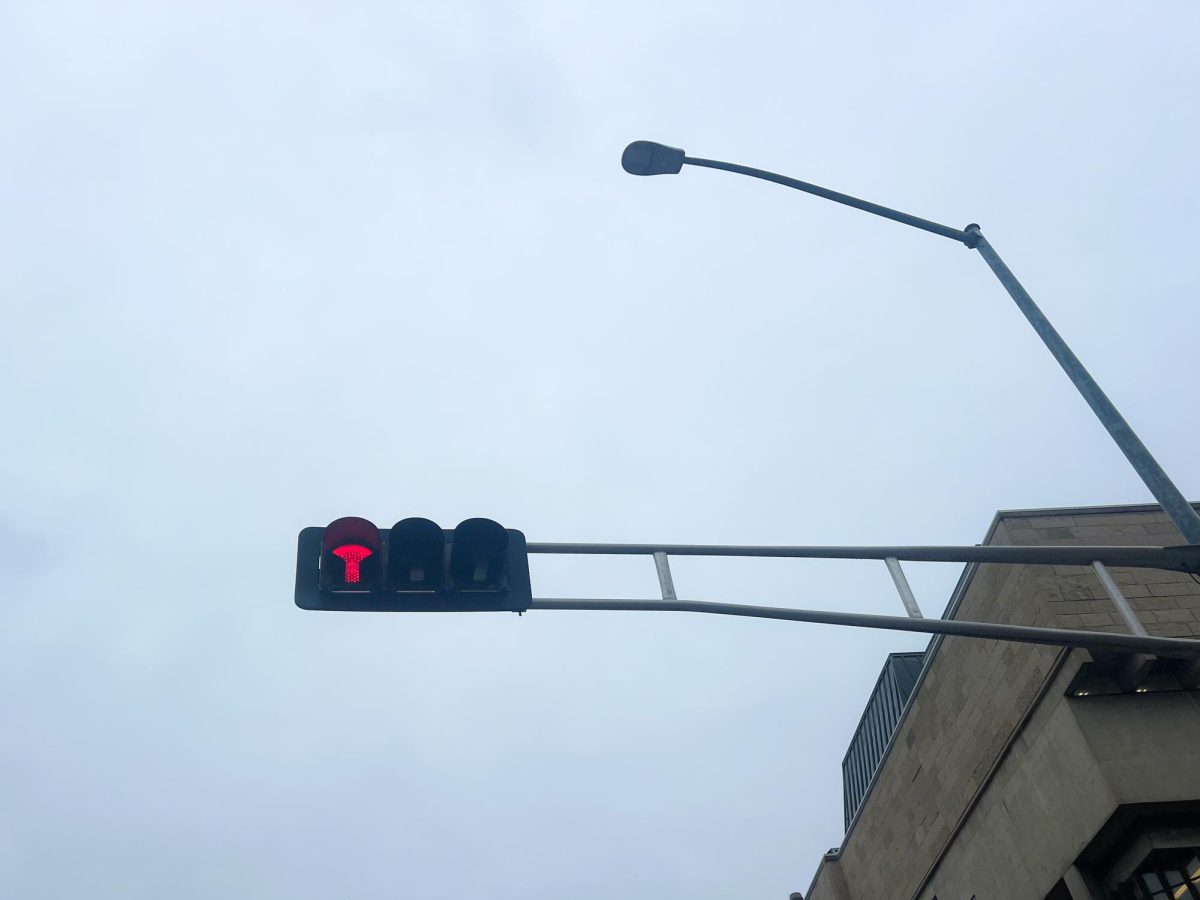
There are 1,198 confirmed gang members in the Madison area, plus 2,500 suspected members and associates.
Madison Police Department’s Crime Prevention Gang Unit is fighting that statistic, and highlighted the reality of gangs in Dane County at a brief discussion before the Common Council last night.
Sgt. Amy Schwartz and Officer Lester Moore, who head the unit, presented statistics that said there are 1,198 confirmed gang members in the Madison area, in addition to 2,500 suspected members and associates.
Most often, a person is considered a confirmed gang member when he or she self-admits at the time of arrest or incarceration, though there are other methods of confirming as well, Moore said.
In the beginning of her presentation, Schwartz showed a map of Dane County that highlighted both the location and density of gangs in the area. She emphasized the crimes committed by gang members are not restricted to the county.
“This is just where they live,” she said. “They don’t necessarily commit crimes in the neighborhoods where they live.”
Since gang activity can occur within families, she also noted Madison police are already seeing second and third-generation gang members.
“We have to prevent kids from going down this path,” Moore said.
To stop gangs from growing, CPGU has developed a four-pronged strategy. It involves prevention, intervention, suppression and re-entry. The unit accomplishes most of its work through home and school visits in the area.
Both officers stressed the importance of these visits, as they foster a sense of trust between youth and police. They also promote honest communication between children and their parents.
The unit has conducted more than 200 visits before the start of the current school year. During home visits, officers speak frankly with youth about their social and academic lives, Schwartz said.
Following the murder of 19-year-old Antonio Perez on Fordem Avenue by rival gang members last year, the unit increased the number of such visits. There have been no significant incidents of violence since their intervention, Schwartz said.
Schwartz said it is still difficult to measure the success of the unit’s efforts strictly in numbers. However, the effects of its intervention following Perez’s murder show significant progress.
“Anecdotally, and through collected intelligence, we do know that the work of the CPGU has prevented many incidents of gang-involved violence as it relates to retaliation and crime in general,” she said.
The unit is also active in promoting safety at various festivals throughout Wisconsin, as those can be sources of violence as well. They directly interact with youth at events like Rhythm and Booms and Milwaukee’s Mexican Fiesta, Moore said.
These seemingly small interactions have noticeable impact as they also increase trust, Moore said.
Part of CPGU’s strategy also involves training for other law enforcement units throughout Dane County.
The unit aims to form partnerships with other groups and organizations as well. For example, it is currently working with the Special Investigation Unit to share important information about gangs.
Moore closed the program by speaking once more about the importance of direct interaction with youth themselves.
“We will not arrest our way out of the gang problem in Madison,” he said. “It’s all about developing relationships.”












